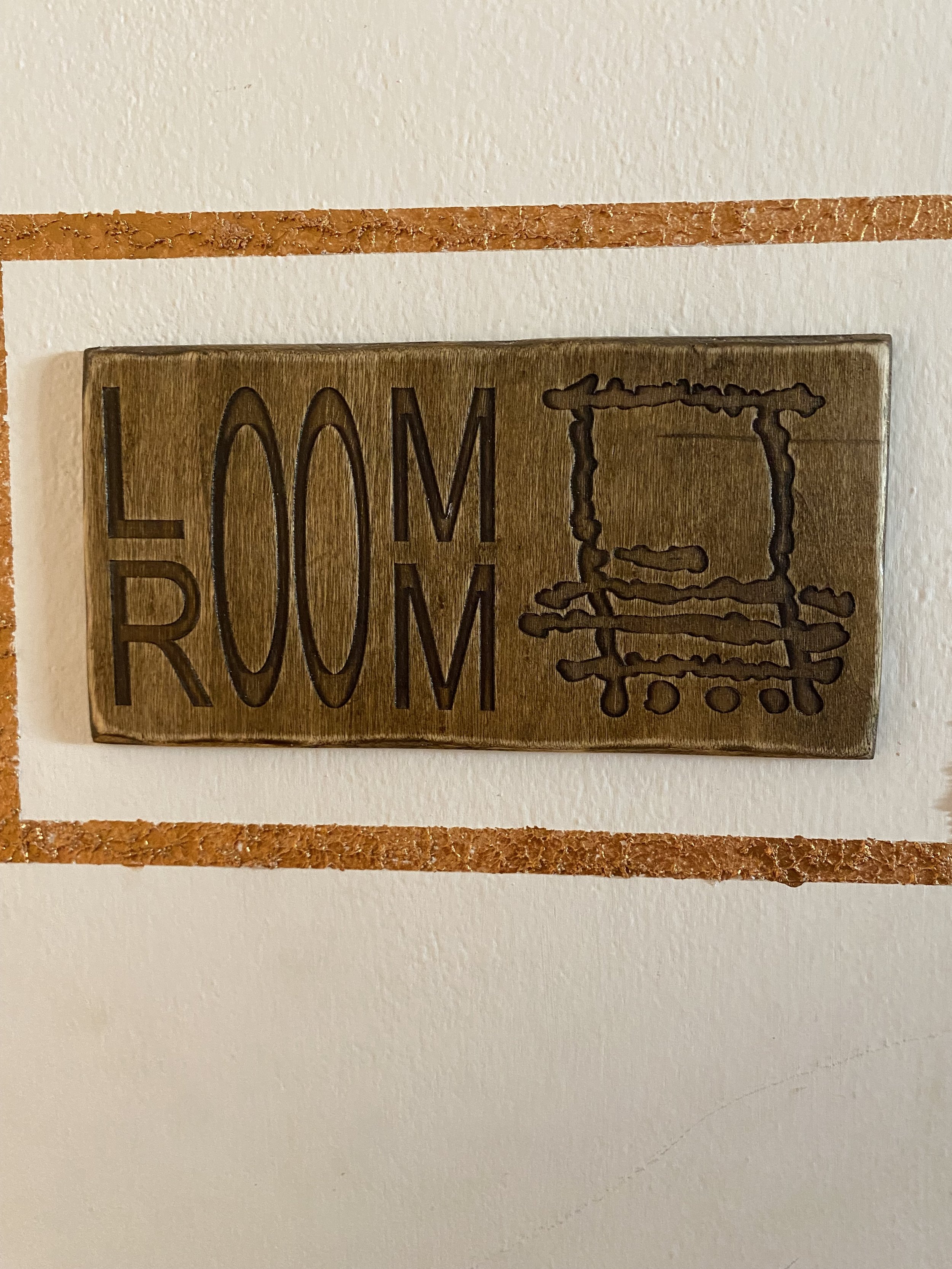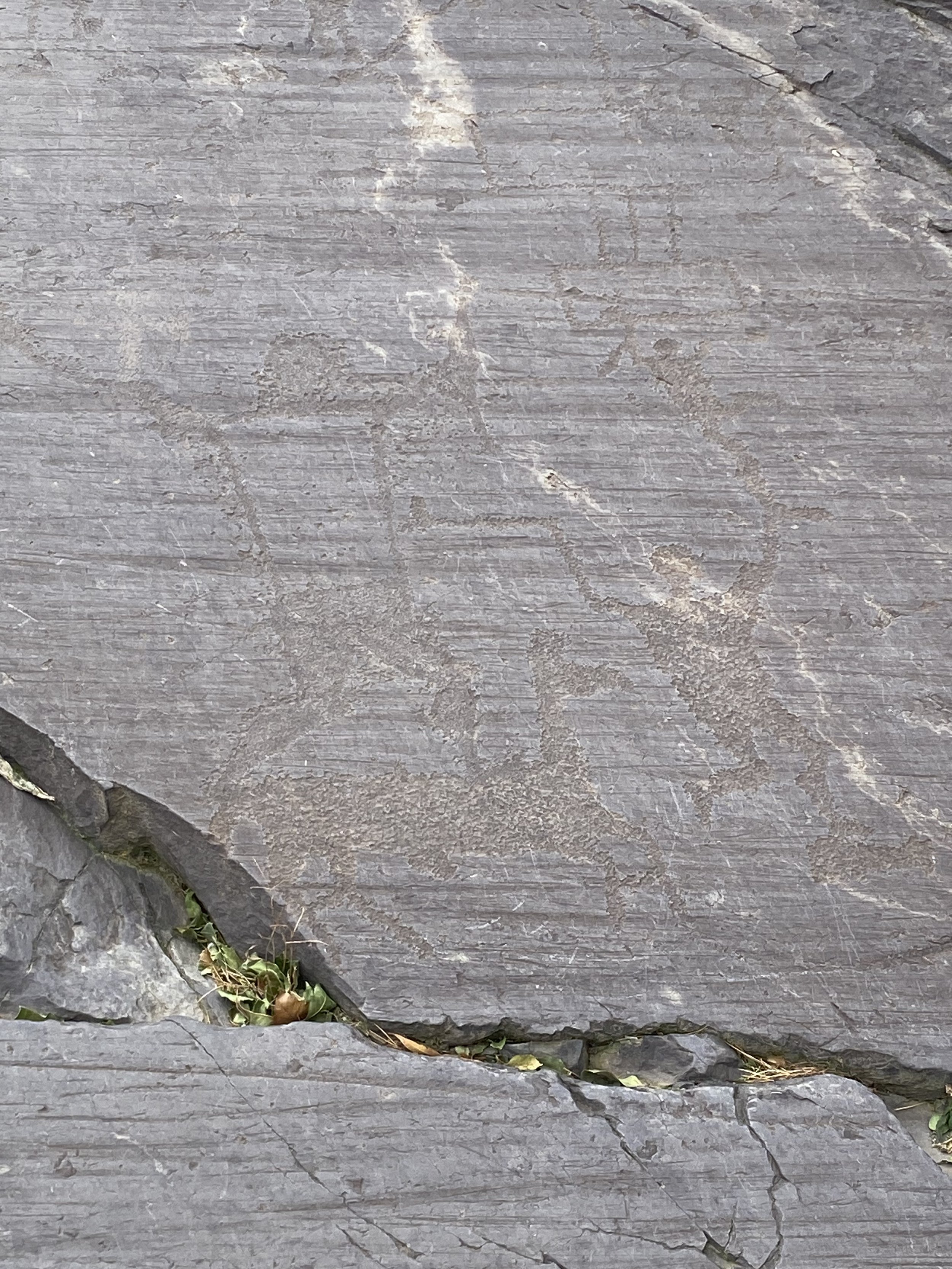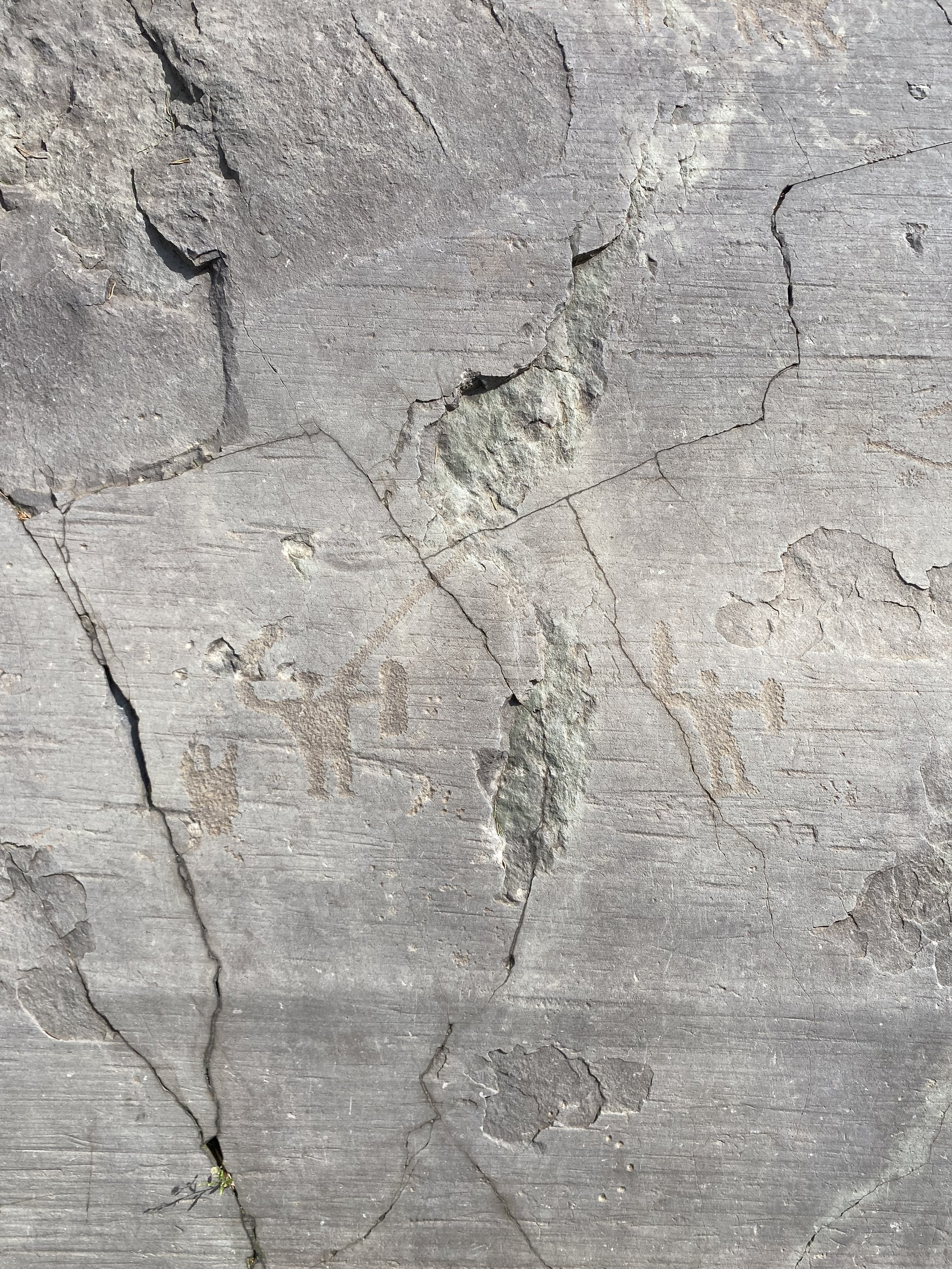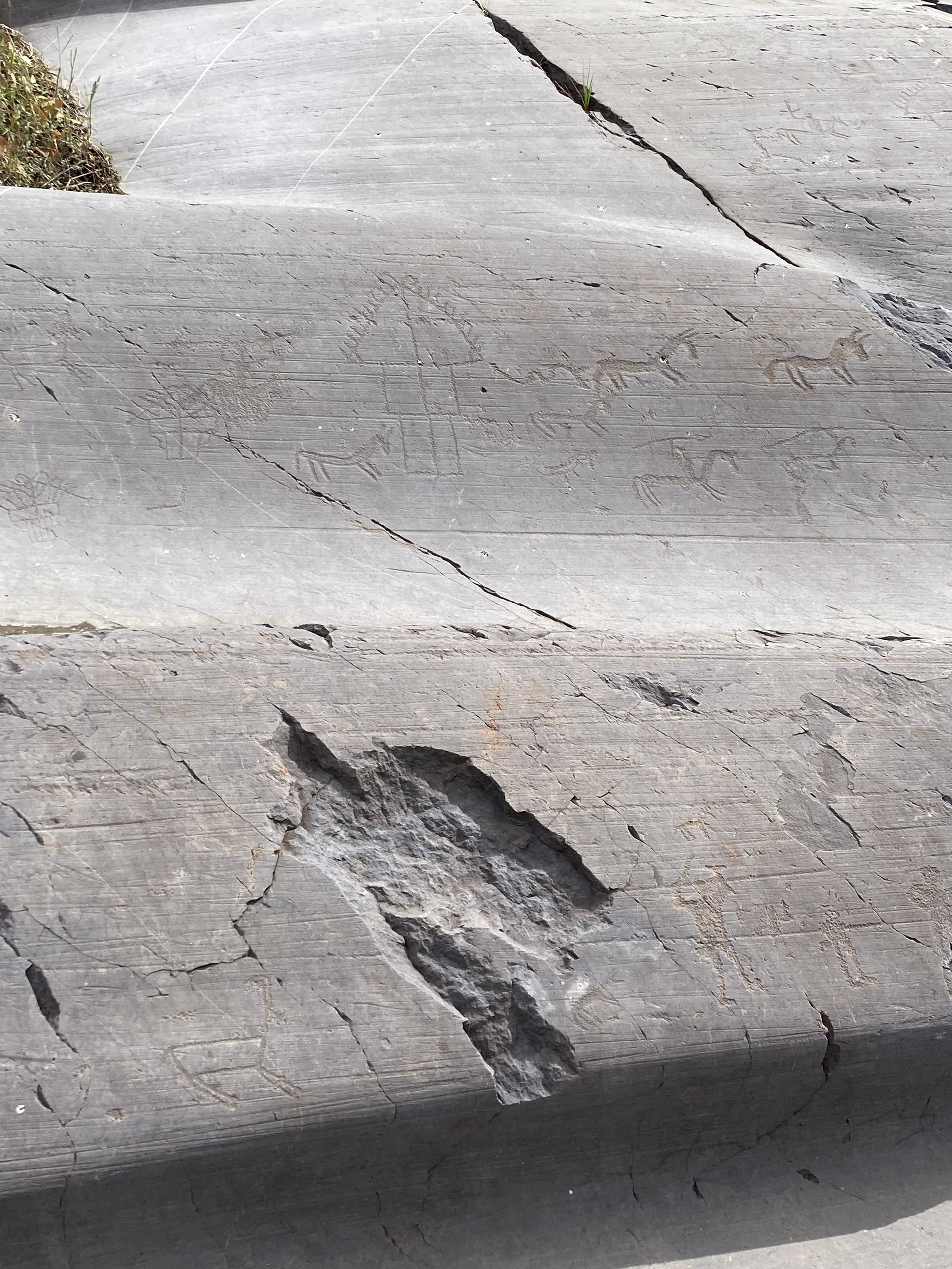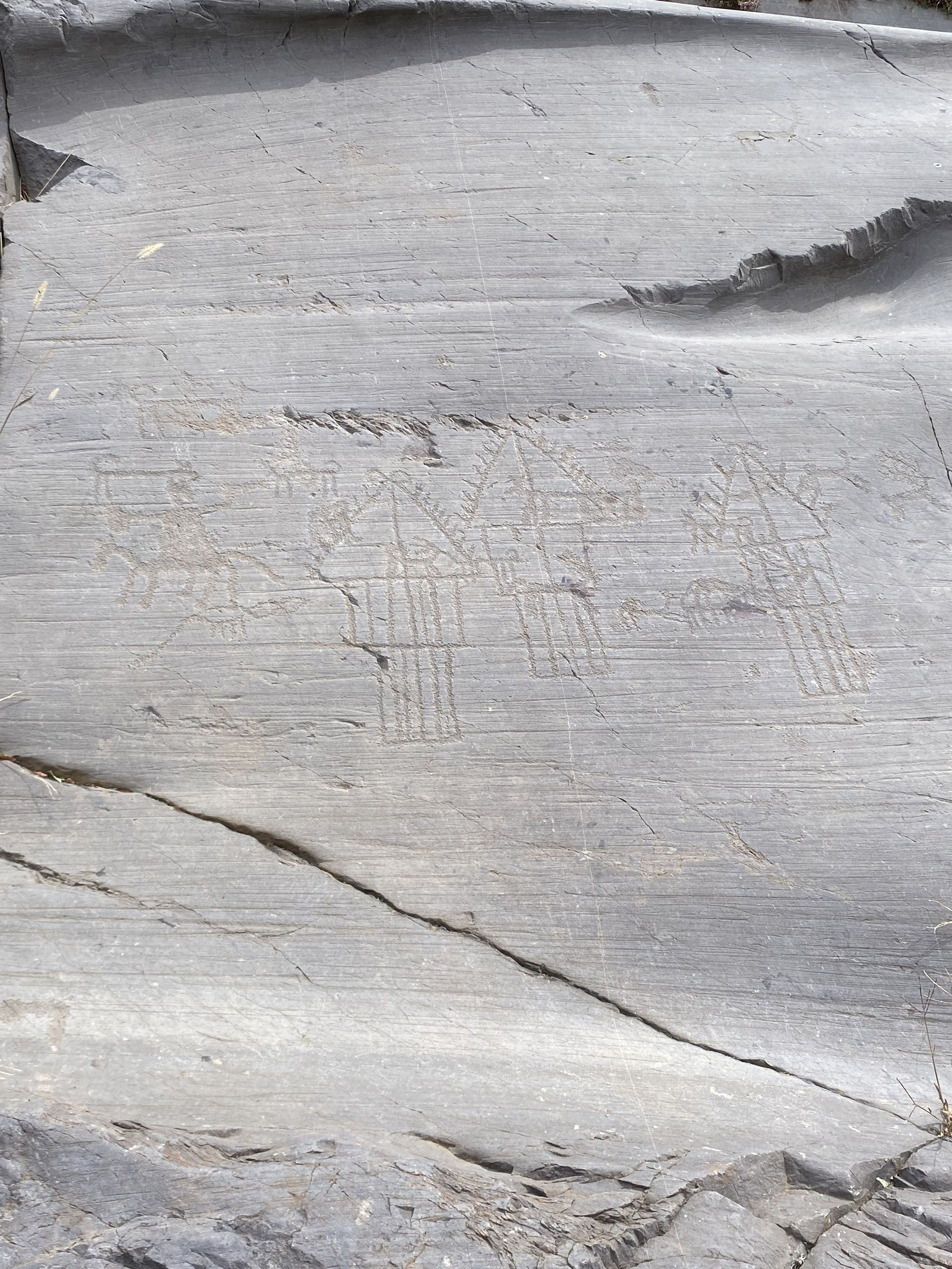✧₊⁺ Nettle Knots Blog ✧₊⁺
When we’re wound too tight… 🧵
12/15/2024
Today I had one of those annoying mornings where everything seemed to be going wrong. I woke up around 0530 and finished threading my loom and tying on the warp. I put on a podcast and started weaving but quickly realized that the tension was off… in fact the far right side of the warp was way too loose. So I retied the right warp strings tighter and started weaving again, but quickly realized they were still too loose. So I untied them again and pulled the warp strings even tighter. Then it was too tight.. oops. And this went on, and on…
Splash!
Annoyed, I decided to step away and make some coffee. When I sat back down I placed the mug of hot coffee beside me on the table. Almost immediately I turned too quickly and knocked the mug into the air. Splash! Coffee over my new area rug…
Irritated, I cleaned up the mess and then went to make more coffee. After I scooped the grounds into the filter on the pour-over apparatus, I somehow managed to knock that over and the grounds went FLYING all over my counter top. It felt like gravity itself was in a conspiracy against me! I cleaned up the grounds and just completely gave up on the coffee plan.
So I sat back down at my loom and started weaving again thinking (hoping 🤞) that I had fixed the warp tension well enough. But to my horror, the strings on either side of my warp began fraying as I hit them with my reed. One by one I watched close to 10 strings break along the edges of my warp…. AHH!
It felt like everything was going wrong and my surroundings were fighting against me. I was getting frustrated and losing my patience. So I sat there staring at the warp, the warp staring back at me, and it dawned on me…
I was wound too tight, just like my warp.
Finding balance…
A huge part of weaving is learning the importance of creating balanced tension. You don’t want your weavings to be too loose because your threads could easily unravel and the textile could come apart. You also don’t want your weavings to be too tight because strings under intense stress may break. Both of these imbalances ultimately take away from the strength and durability of the textile.
We creatures are a lot more like the strings on a loom than we realize. We have to constantly mitigate the stress of our daily lives through our bodies to maintain the right amount of tension and balance of our inner warp.
What is our inner warp?
To me, our inner warp encompasses all the fibers of our body (muscle, cardiac, adipose, skeletal, connective), our emotions and convictions, our dreams, values, boundaries, habits. etc. All aspects of our personal warps need to be maintained so we retain our strength, security, health, integrity, and resilience.
Our inner warp grounds our personal tapestry that holds and reflects our lives and everything we are.
When we’re wound too tight under pressure it can feel like we’re constantly fighting against gravity (like I was 😅). We may be quicker to snap out in anger, become too rigid, we might pull a muscle, or we start to lose our sense of control as parts of ourselves become more strained and fragmented. Alternatively, if we become too slackened, we may feel less secure, forgo healthy habits, lose our motivation, or even feel lost…
Unwound…
So I took a step back from my loom and drank some water (instead of just coffee), made a good breakfast, stretched my limbs and took the dogs for a walk. When I finally sat back down to weave the stress had melted away and my body was more relaxed. I focused better, I wasn’t fighting against myself or my surroundings anymore, my movements were more intentional and controlled, and my patience was restored. So I stared at my warp, my warp stared back at me, and we got to work!
Every time I sit down at my loom I glean a lesson or learn something about myself. Weaving truly is a metaphor for life in so many ways. You might also use this experience as a prompt to ask yourself in what ways are you possibly wound too tight? How might you relieve some of that tension in a healthy way? What strengthens your inner warp? How do you visualize your unique personal tapestry?
<3
Northern Italy
September 2024
Petroglyphs of Val Camonica
In September of this year I visited the Valcamonica Valley in northern Italy to experience the petroglyphs of Naquane National Park, a UNESCO World Heritage site. The park is home to one of the most significant collections of prehistoric petroglyphs in Europe, with some dating back as far as 8,000 years.
This area was inhabited by a group of ancient group of people known as the "Camunni.” They were an alpine people whose culture spanned from the end of the Paleolithic era through the Neolithic, Bronze, and Iron Ages, until they were conquered by Rome in the 1st century AD.
Naquane Park contains over 300,000 petroglyphs carved across Permian sandstone that vividly depict scenes of ancient life including men in tunics hunting, elk and horses, ritualistic practices, anthropomorphic beings, agricultural activities, traditional housing structures, and—yes— looms and weaving.
Getting there…
In order to get to Val Camonica, I spent two days navigating through rural northern Italy via train and bus systems. When I finally got to Capo di Ponte I realized I had to walk about 45-50 minutes down the highway to the next town in order to get to the space I had rented. After walking a couple miles down a highway, I veered left and walked straight uphill into the medieval looking village of Ceto. Here the streets and homes were all made of stone, tiny gnomes could be found in many peoples yards, delicious grapes grew along the sidewalk fences, pomegranates drooped from their boughs, and the beautiful “mother” mountain, Concarena, towered in the west.
After putting down my things, I walked down the street from my rental to a small museum located at the border of Ceto and the forest.. Here I met a woman and archeologist who, incredibly enough, was also enthusiastic about weaving and had actually recreated a vertical warp-weighted loom by hand. She showed me the “loom room” she curated in the museum where she also displayed hemp and flax that would have been used for textiles, local plant dyes, and recreations of what Camunni people may have been wearing. She then directed me down a small street towards the alpine forests where the petroglyphs could be found.
Living archive….
On this walk I encountered the symbol of the valley, the Cammuni Rose. This rose was positioned right above a human who appeared to have light emanating from his head. Walking on, I came across an 8,000-year-old carving of Cernunnos, the horned god. This carving of Cernunnos is the oldest in existence, and it was likely the Camunnii who introduced the god to the peoples of Northern Europe. I walked across another rock face and found myself standing in front of a massive sandstone wall covered in petroglyphs of humans weaving on vertical warp-weighted looms. These looms hung from a wooden beam, and the threads were pulled down by "warp weights"—typically rocks with a hole carved in the center. In the petroglyphs, you can clearly see these vertical looms, with small dots at the bottom representing the warp weights. Surrounding the weavers were scenes of elk, labyrinths, and possible burial rituals.
In the neighboring town of Malegno, I visited a small museum that had a trove of relics from the Camunnian culture including actual warp-weights, sewing needles, jewelry, metal tools, and pottery. There was also an incredible pendant which was designed with two water birds on either side. These water birds were an important symbol of ones passage into the afterlife…
It’s hard to express how wild it is to walk through a forest alone and look upon rock carvings dating back thousands of years. Rocks that bore ancient humans out of the Ice Age and on to create a rich culture who left so many vivid scenes of their crafts, rituals, deities, great hunts, and battles etched on stone for coming generations to witness, venerate, and relate to…
Ireland
August 2019
Poulnabrone Dolmen…
Ireland is home to a large number of stone circles, megaliths and portal tombs that date back thousands of years.
To the left is a portal tomb called “Poulnabrone dolmen” that is estimated to be up to ~6,200 years old. It’s located in the desolate glacier carved area called the Burren in County Clare. This tomb was constructed by Neolithic farmers. 36 people were found buried under the tomb, with the oldest person being no more than 40 years old. Relics were found buried with these people including quartz arrowheads and pottery.
Drombeg Stone Circle…
Also called the “Druids Altar,” Drombeg was constructed in the Bronze or Iron Age and is located in County Cork. Excavations of the site found “An inverted pot, in the centre of the circle…” which contained “ the cremated remains of a young adolescent wrapped with thick cloth. The pot was found close to the centre of the circle and was found alongside smashed sherds and a collection of sweepings from a pyre.”
Uragh Stone Circle…
The Uragh Stone Circle, located in County Kerry, is a bronze age stone monument constructed between 3300–1200 BCE. It consists of two portal stones, two side stones and one towering axial stone. There are many stone circles in Kerry which seem to follow this formation… “the entrance stones are generally the tallest stones of the circle and the other orthostats decrease in height as they get closer to the axial stone. The axial stone is generally the shortest stone of the circle. The stone circle monuments may also have other stone alignments, cairns or enclosures nearby. All of the 5-stone circles in Cork-Kerry are D-shaped with the axial stone forming the line of the D.”
This circle felt particularly special. It was surrounded by a huge lake, and there was a cascading waterfall visible in the distance. Up in the hills around Uragh was also an ancient burial circle and a kitchen area.





